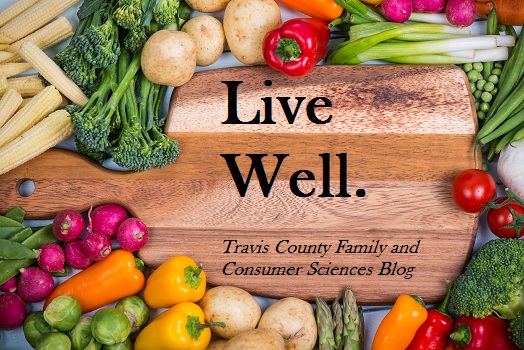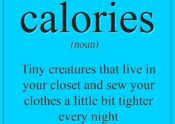
By: Rachel Nannola When you’re shopping at a grocery store, it’s easy to determine how many calories are in a food because it’s on the nutrition facts label. So why can’t we determine how many calories are in foods at restaurants just as easily? Well luckily, soon we’ll be able to. The FDA has finalized a rule that requires restaurants or similar retail food establishments with 20 or more locations to provide calorie content for food items on the menu. It has taken quite some time for this… Read More →









